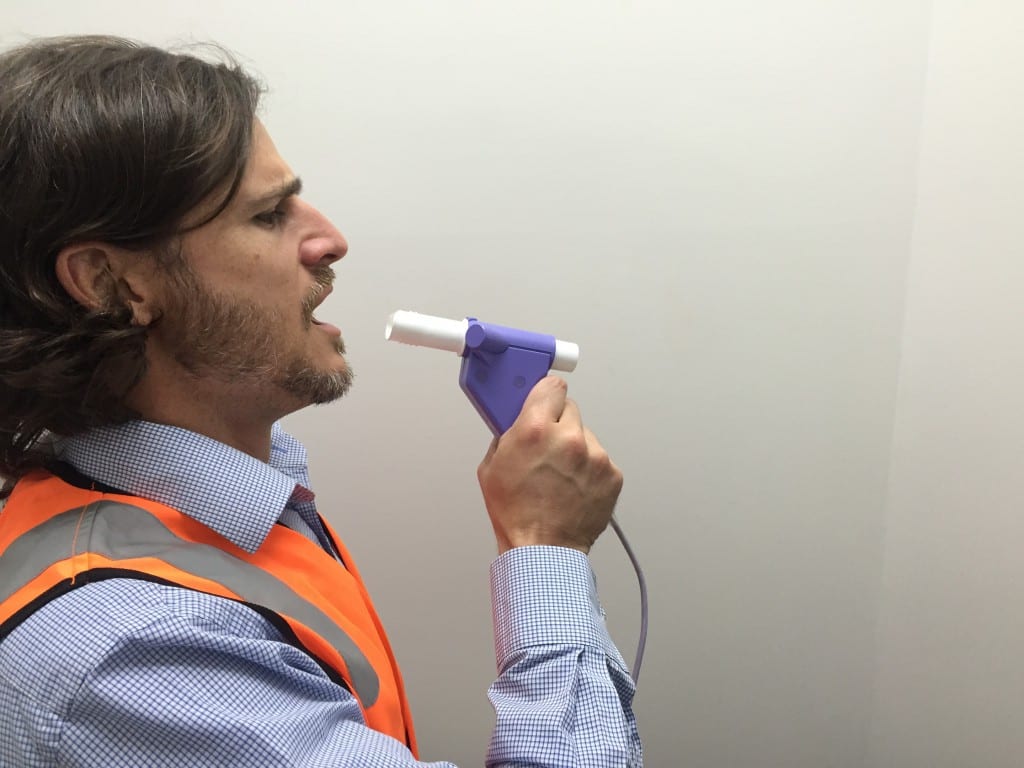The Coal Mine Worker’s Health Scheme has been under fire after an increase in the reported cases of possible “Black Lung” in coal mine workers over the past year. Stakeholders have questioned the effectiveness of the scheme in detecting Coal Worker’s Pneumoconiosis (CWP), also known as Black Lung. Subsequent investigations have called for better regulation of the Coal Mine Worker’s Health Assessment and better support for coal mine workers.
What is Black Lung Disease?
Working in an environment with high exposure to dust from coal, graphite or carbon over a long period of time puts an individual at risk of Coal workers’ pneumoconiosis, also known as black lung disease. Exposure to high concentrations of coal dust over several years allows it to collect in the alveoli (air sacs) of the lungs, causing scarring and a loss of elasticity.
The symptoms of black lung disease, particularly in its early stages are similar to those of other lung diseases, making it difficult to detect. The disease is initially detected by a chest x-ray and a spirometry test, however CT scans and/or lung biopsies are usually required to confirm the diagnosis.
The scarring of the lungs caused by black lung disease is irreversible. If diagnosed, the only way of preventing the progression of the disease is to avoid and/or limit further exposure to high concentrations of coal dust. Their respiratory health must also be monitored on an ongoing basis by a specialist Physician.
There are two types of Coal workers’ pneumoconiosis:
| Description | Symptoms | |
| Simple (early stage) coal workers’ pneumoconiosis | Chest x-rays reveal a small amount of round, thickened scar tissue known as nodules. At this stage it may be difficult to differentiate these nodules from other lung diseases. |
|
| Complicated coal workers’ pneumoconiosis or progressive massive fibrosis (PMF) | May occur in workers who are exposed to high concentrations of coal dust over a long period of time. Chest x-rays reveal a mass of dense fibrosis (scar tissue) in the lungs.
Smoking and other lung conditions can further the disease. The condition can be fatal. |
|
So what is being done to protect coal mine workers from Black Lung Disease?
In 2015, CWP was thrust into the spotlight because of suspected cases that were being investigated in four Queensland-based coal mine workers. The following timeline show how the Queensland State Government’s has responded do far:
January 2016:
Minister for The Department of Natural Resources and Mines, Dr Anthony Lynham released a five-point action plan in response to the emergence of the disease. The plan aims to:
- Improve the current screening system, ensuring that they are conducted in pre-employment, and every five years until retirement;
- Take action on coal mines exceeding regulated limits on dust levels:
- Improve how information is collected and used to ensure cases aren’t missed;
- Investigate regulatory changes as part of the current mine safety legislation review;
- Place the issue on the agenda for the National Council Of Mining Ministers.
July 2016:
A boosted x-ray screening system with international checks was put in place ‘as part of the new regime to protect the health of the state’s underground coal miners’. These changes aim to prevent new cases of Black Lung disease, identify the disease in its early stages and provide added safety for workers with the disease.
Key changes in the health assessment require:
- An Australian radiologist reading chest x-rays to the International Labor Organisation (ILO) standard;
- That digital x-rays be provided to the US to be checked a second time;
- Second checks will be established in Queensland once local radiologists are accredited in the ILO system.
September 2016:
A parliamentary committee was appointed to conduct an inquiry into how black lung re-emerged and how to prevent it.
In undertaking the inquiry, the committee considered:
- The legislative and other regulatory arrangements of government and industry to eliminate and prevent CWP;
- Whether these arrangements are currently adequate;
- The roles of government departments and other stakeholders;
- The Monash University Study into CWP and the findings of the Senate Select Committee on Health (Fifth Interim Report) and other relevant reports and studies;
- The efficacy of adopting methodologies and processes for coal mine dust measurement and mitigation; and
- Other matters the committee determines are relevant.
Safety Regulation
A coal mine’s safety and health management system must provide ways of ensuring that a mine worker’s exposure to respirable dust at the mine is kept to an acceptable level. This ensures that workers do not breathe dust with concentrations exceeding, 3mg/m3 for coal dust and 0.1mg/m3 for free silica (calculated over an 8-hour period according to AS2985).
The Coal Mining Safety and Health Regulation 2001 (QLD)

Spirometry Testing
According to Queensland Health, all health professionals performing spirometry should as a minimum complete the Queensland Health Spirometry Training Program or another spirometry training to an equivalent standard. Full requirements for spirometry testing can be viewed on Queensland Health: Spriometry (Adult)
However, despite improvements to the quality of x-ray services, a report conducted by Monash University has found that the quality of spirometry testing for lung disease was quite poor.
Equipment and Training
Survey results found that:
- 40% of accredited spirometry testers had over 10 years of experience in testing, however testing was conducted infrequently;
- Only a quarter of all testers performed more than 20 spirometry tests per month as part of the Coal Mine Workers’ Health Scheme and more than 20 additional tests per week;
- An accredited respiratory laboratory performs 15-20 spirometry tests per day in comparison;
- Spirometry training for testers was limited.
According to the Monash, poor spirometry training was a main contributor for inadequate quality of testing and poor knowledge of testing equipment. Of the respondents, one quarter did not know whether their spirometer had automated quality control, only 10% knew the number of maneuvers that are stored for each person tested and almost half did not know the reference values used by their equipment.
It is evident through the survey results that quality control and assurance of spirometry testing must be improved.
Spirometry Results
Results were received from the Department of Natural Resources and Mines (DNRM) for workers from a large number of mines.
Overall, there were 256 spirometry results evaluated, with a further four which were illegible. Of these results, 102 were poorly executed and did not allow meaningful interpretation (poor technical quality).
Less than 50% of the spirometry results evaluated for the purpose of the review had been accurately interpreted and reported by nominated medical advisors (NMAs). 130 of these results were ‘essentially unknown’ for different reasons such as illegible photocopying, poor quality and ‘possible restriction’.
Department of Natural Resources and Mines, 2016
Unfortunately, a number of coal mine workers have missed out on the early detection of CWP or PMF and will have to live with a disease for which there is no cure. However, because of these cases being brought into the light, an inadequate system can now be assessed and improved – too late for some…
…just in time for the remaining coal mine workers.
Ready to partner with KINNECT?
Request a Service
Know what you need from us? Request a service from us right now.
Locate us
Have a need in a particular location? View our service capabilities throughout Australia.
